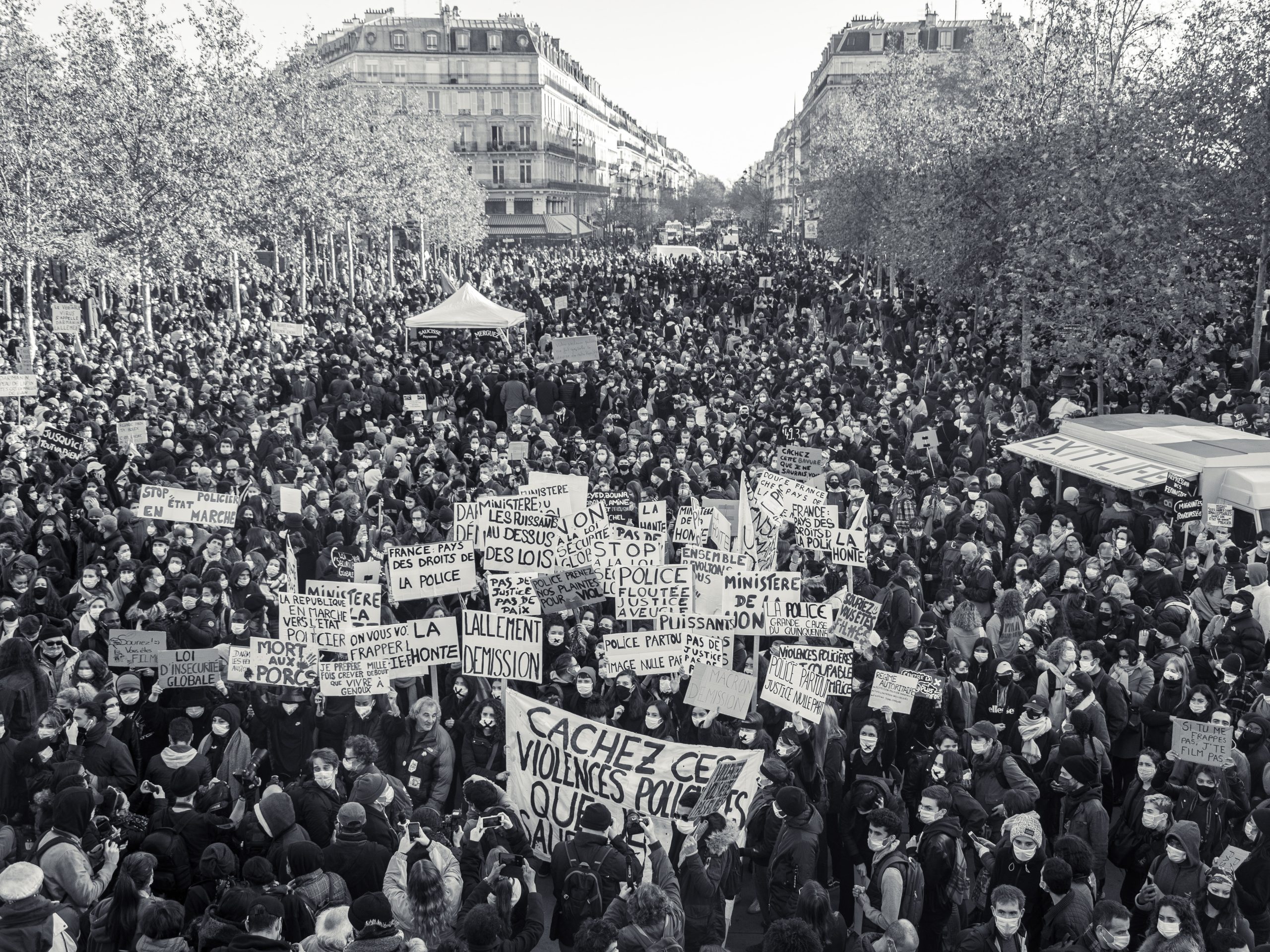Introduction:
In a world where artistic boundaries are constantly challenged and reimagined, a new movement has emerged, captivating audiences and artists alike. Material transfigurations, an innovative approach to artistic expression, pushes the boundaries of traditional mediums and techniques, transforming ordinary materials into extraordinary works of art. This article delves into the realm of material transfigurations, exploring its origins, techniques, and impact on the art world.
Origins and Evolution:
Material transfigurations can be traced back to the early 20th century, when avant-garde artists began experimenting with unconventional materials in their artistic endeavors. From Marcel Duchamp’s groundbreaking “Fountain” to Salvador Dalí’s surreal masterpieces, the use of unexpected materials challenged the established norms of artistic expression.
Over time, material transfigurations evolved as artists sought to find new ways of engaging with their audience. This movement embraces the transformative power of ordinary objects, breathing new life into discarded items and provoking thought about consumerism, waste, and the nature of art itself.
Techniques and Approaches:
At the heart of material transfigurations lies the process of transforming everyday materials into art. Artists employ various techniques, often combining traditional artistry with unconventional methods. Some artists engage in deconstruction, taking apart existing objects and repurposing their elements to create new compositions. Others incorporate found objects, giving them new contexts and narratives.
The use of diverse materials is a defining characteristic of material transfigurations. Artists experiment with anything from discarded plastic to scrap metal, textiles to organic matter, and even digital components. By repurposing these materials, artists challenge our preconceived notions of beauty, aesthetics, and the relationship between the artist, the artwork, and the audience.
Impact and Cultural Significance:
Material transfigurations have had a profound impact on the art world, challenging established hierarchies and democratizing artistic expression. By utilizing ordinary materials, artists blur the lines between high and low art, fostering a more inclusive and accessible artistic landscape.
Furthermore, material transfigurations often carry powerful social and environmental messages. Through their works, artists shed light on issues such as sustainability, consumerism, and the impact of human activity on the planet. By repurposing discarded materials, they prompt viewers to reconsider their own consumption patterns and raise awareness about waste management.
Conclusion:
Material transfigurations represent a dynamic and transformative movement within the art world. Artists who embrace this approach redefine the boundaries of traditional artistic expression, breathing new life into discarded materials and provoking thought about society, consumption, and the environment. As the movement continues to evolve, material transfigurations pave the way for a more inclusive and socially conscious art world, where creativity knows no bounds..




